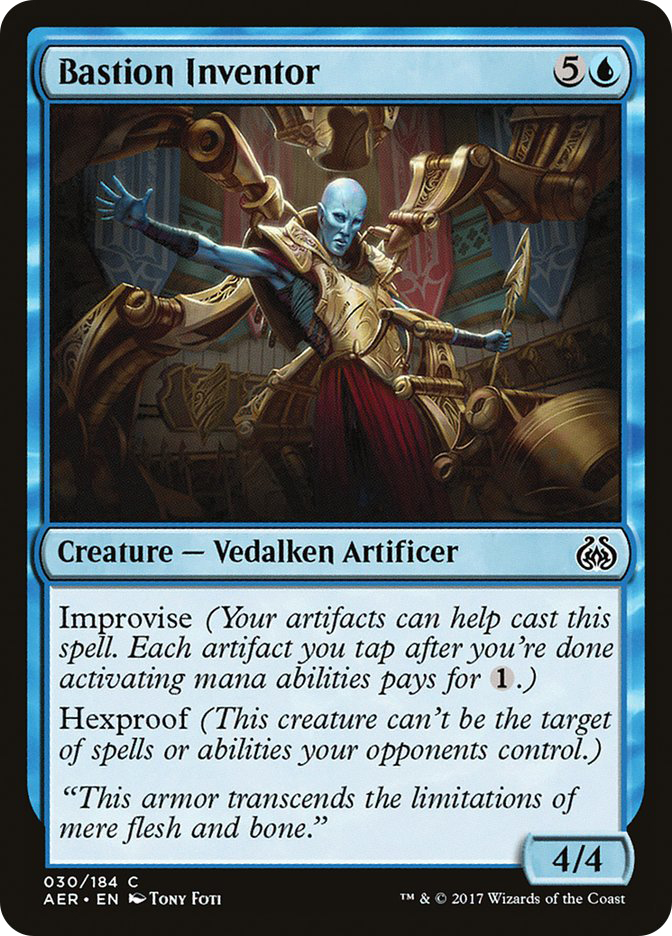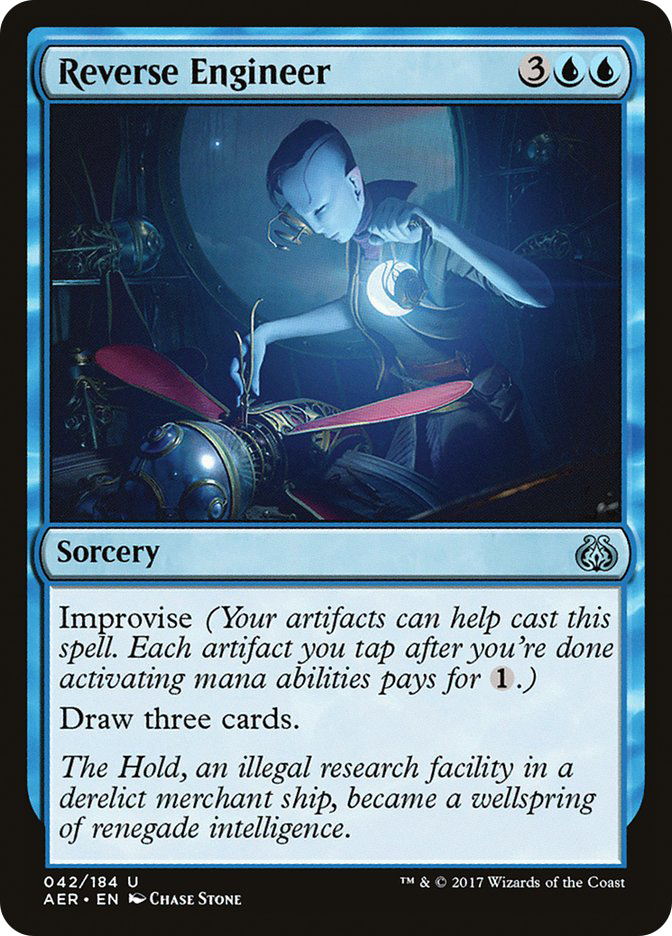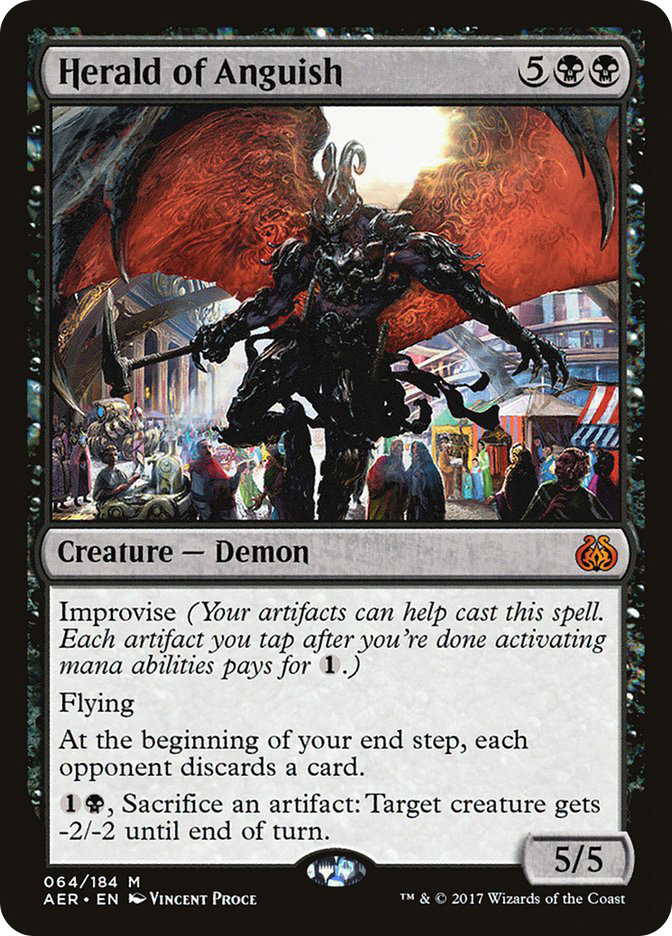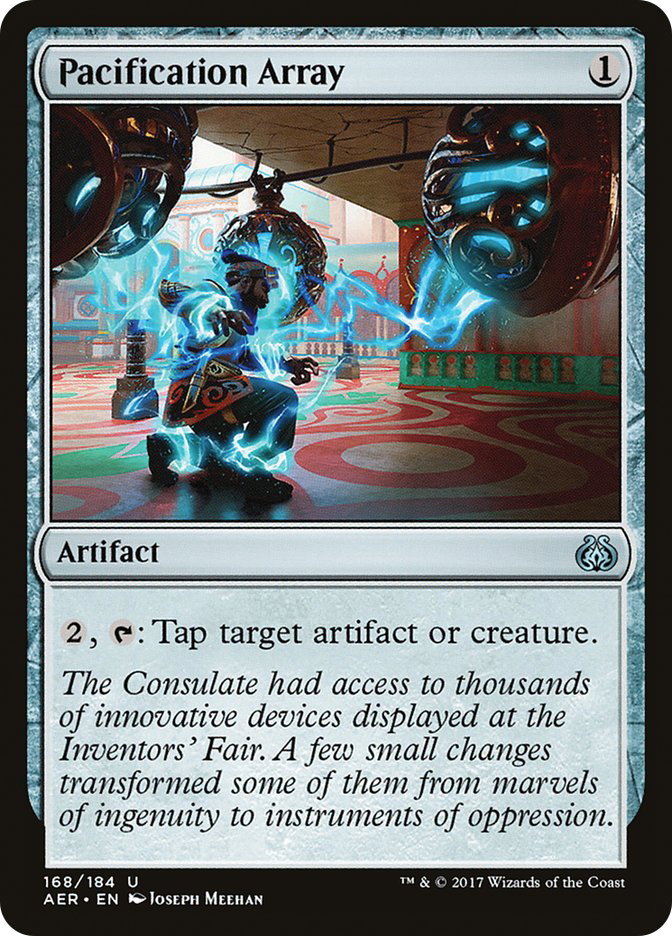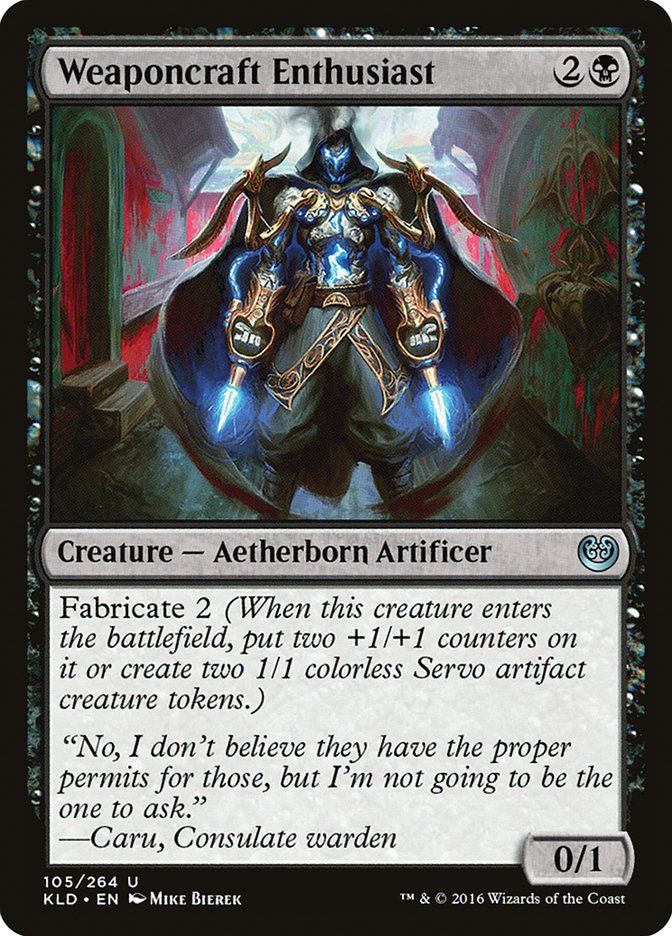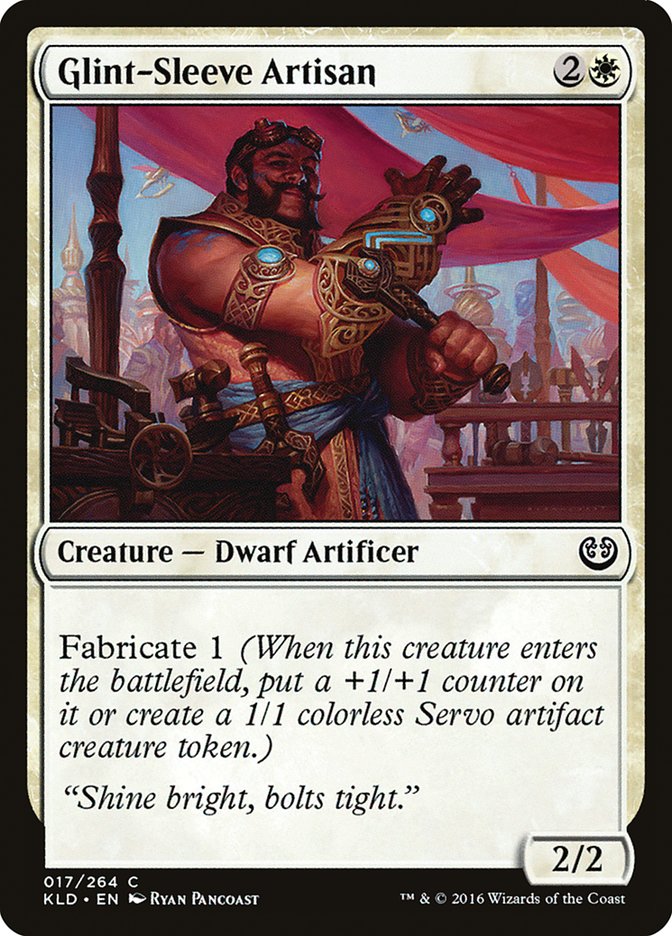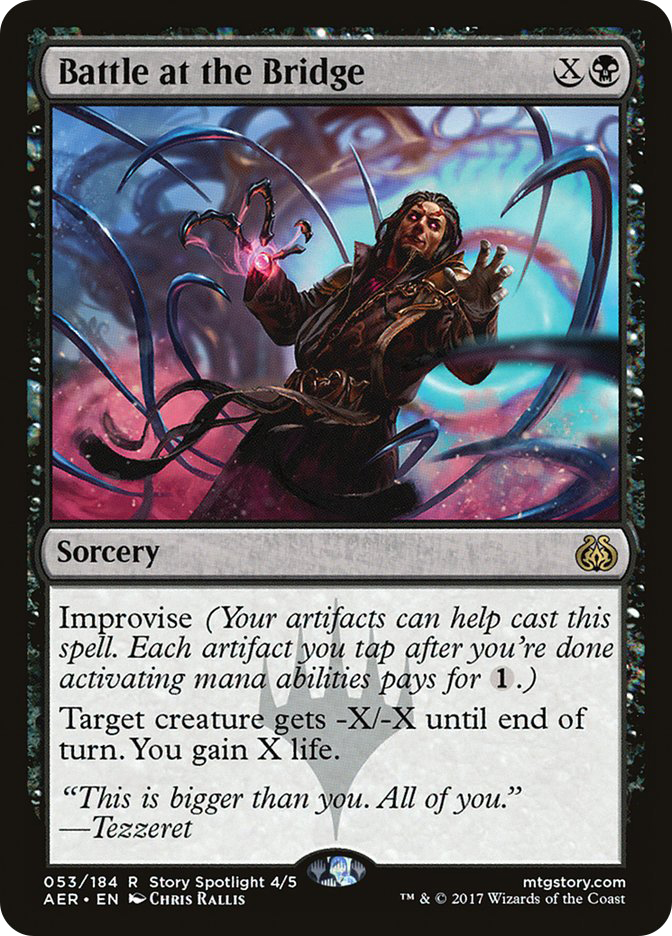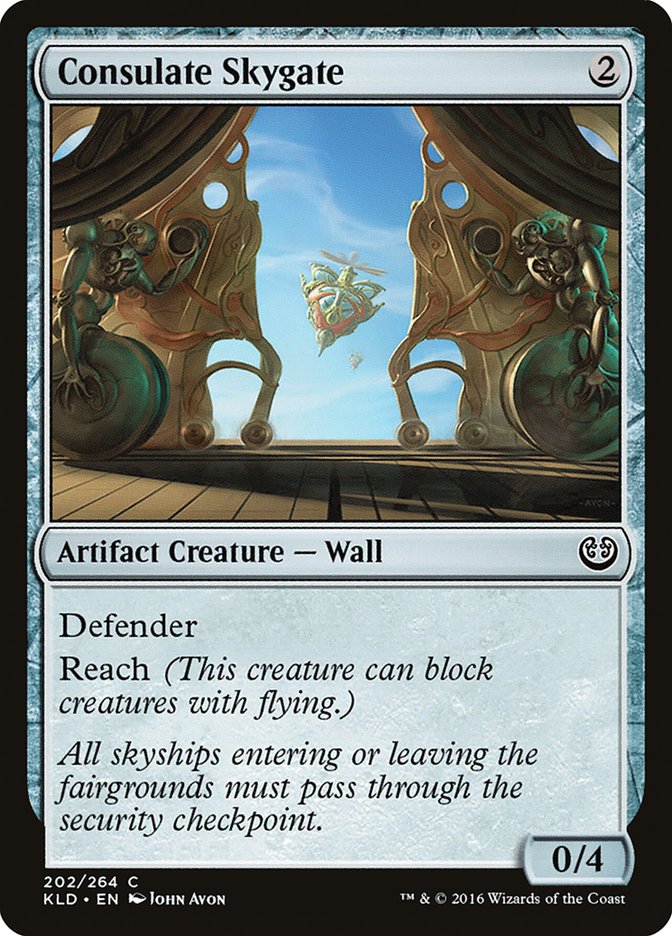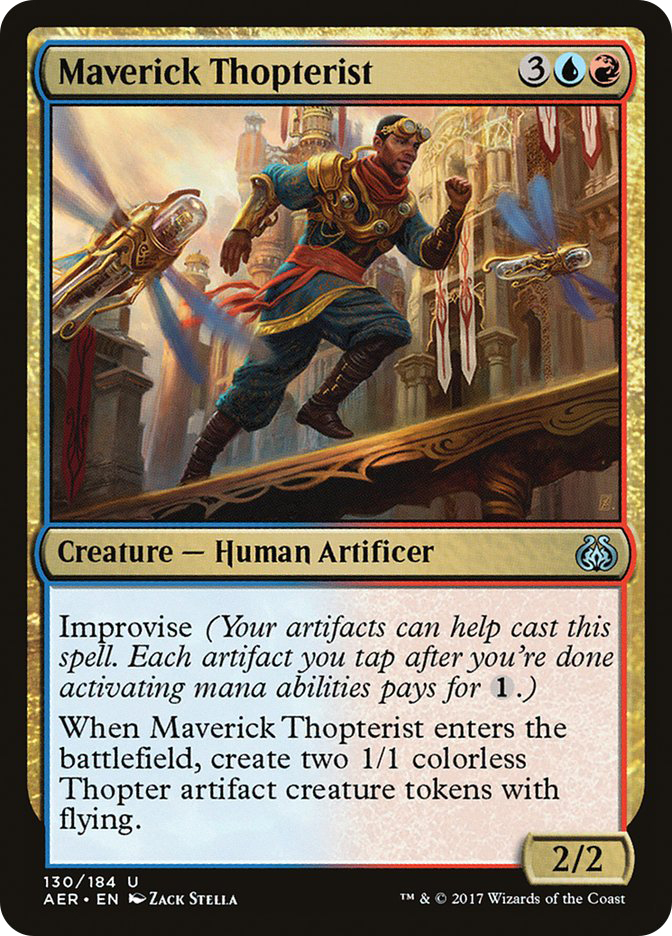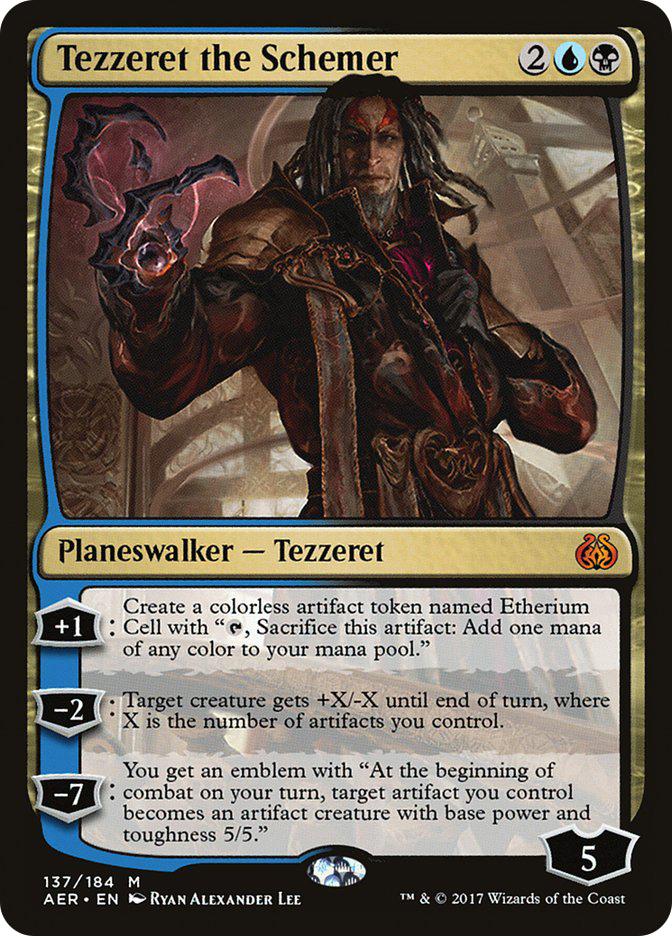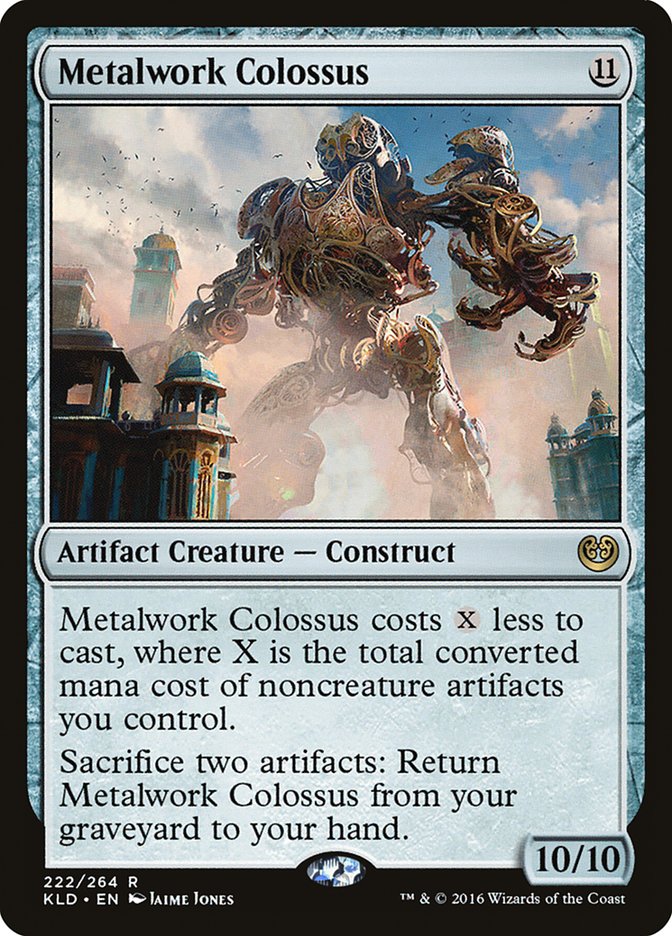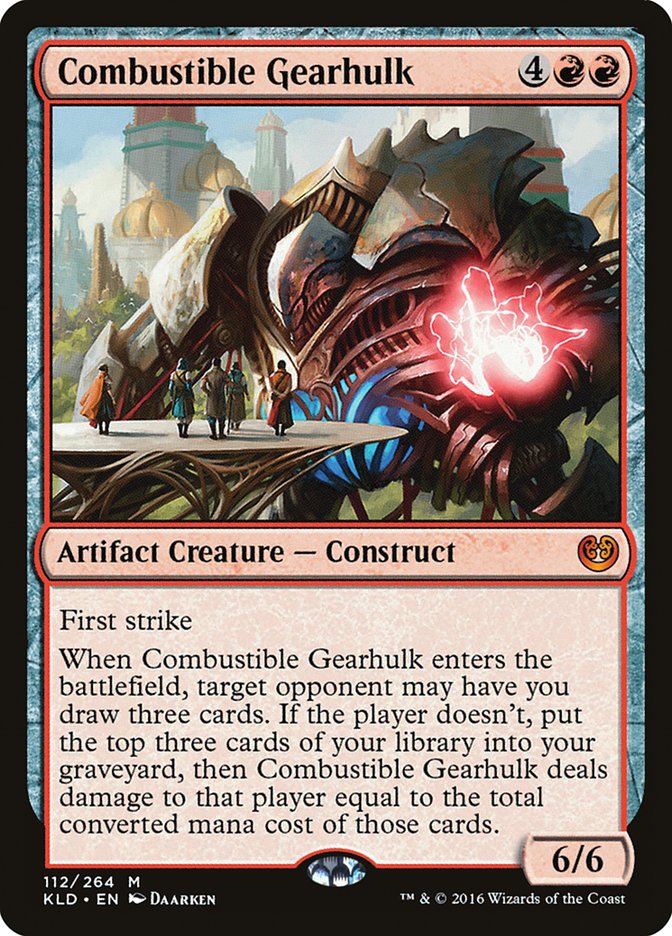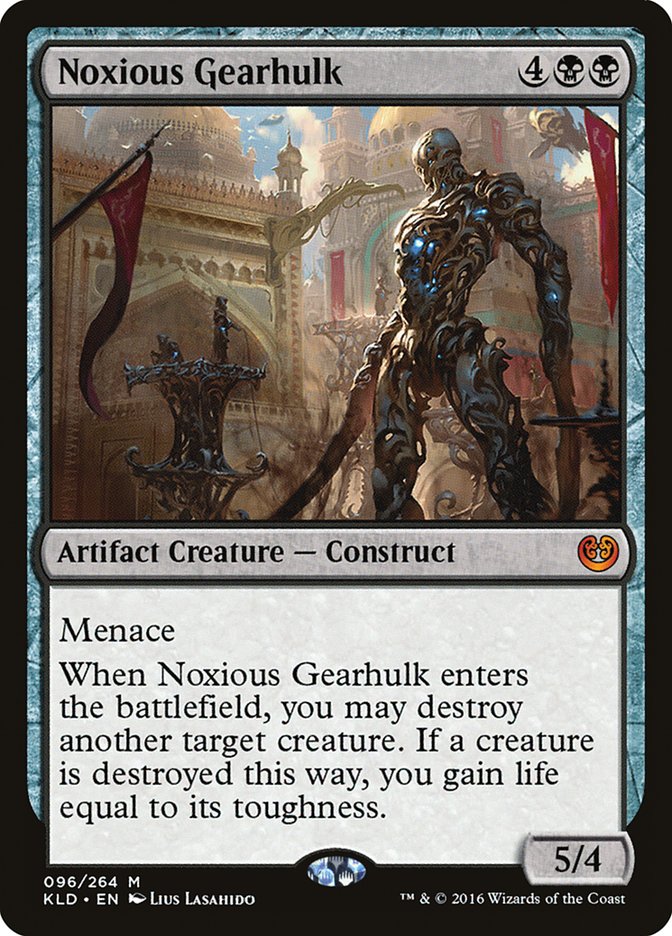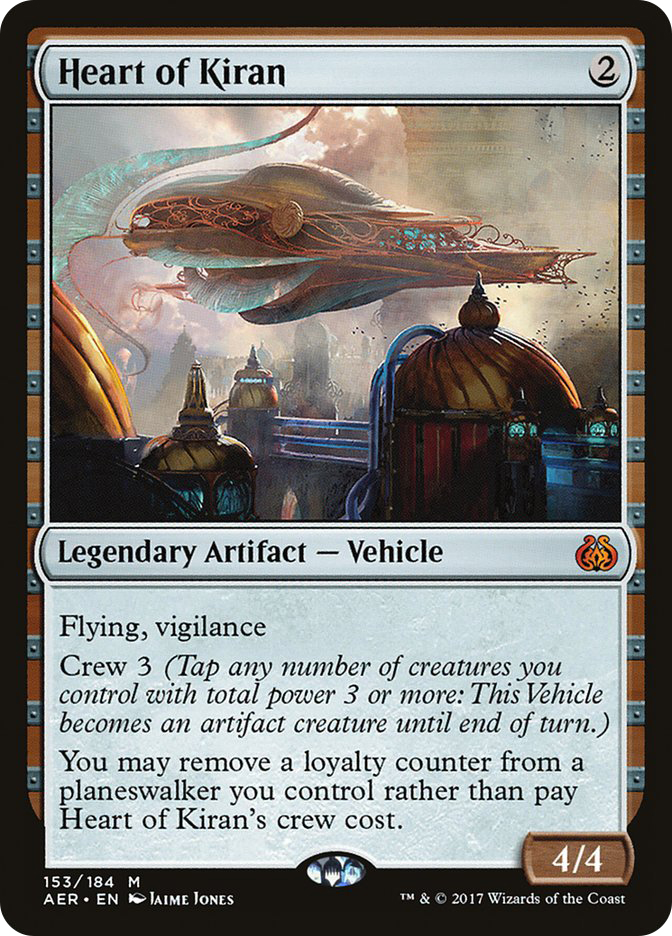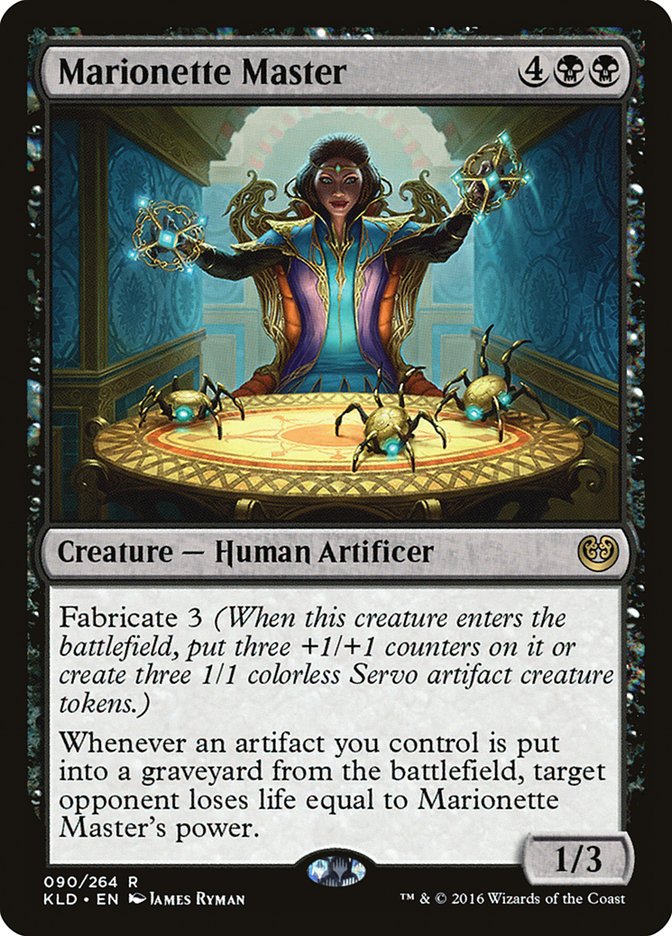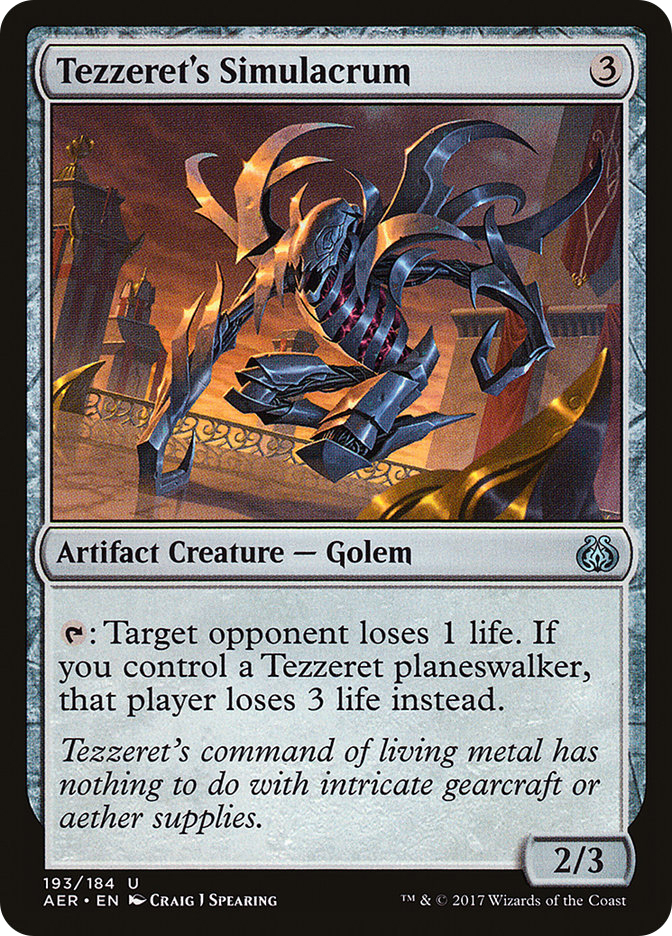I hate to do this to you, friends. I know some Magic players, hard though this may be to believe, actually enjoy things like going outside and relaxing in “the sun,” whatever that is. However, summer is coming to a close here in the Northern Hemisphere, and for Magic players in both hemispheres, those who like the outdoors and those who fear straying too far from wi-fi, that means rotation time.
Rotation will bring with it some major changes to the metagame, as it should. Zombies loses Dark Salvation, Relentless Dead, Diregraf Colossus, and Cryptbreaker, which will likely send it to either a B/W build or out of consideration altogether. Ramp decks lose almost all of their top-end. G/B Delirium…well, the mechanic is rotating. Believe me, the death of Frog Rock makes me just as sad as it does you. The only established deck that appears to be staying intact is, sadly, Ramunap Red. It loses a marginal (and probably easily replaced) one-drop in Falkenrath Gorger and two solid removal spells in Collective Defiance and Incendiary Flow. The removal can be replaced without too much trouble by Cut and Harnessed Lightning (exile will be less important without all those recursive Zombies), and that’s without even considering what Ixalan brings us.
It is of course way too early to look that far ahead with an eye to crafting post-rotation decklists. What we can do is brew decks for the current format that should still be viable (and, dare we dream, perhaps even better) come September. The one thing that I keep thinking should be better than it is and that will still be around after rotation is improvise.
Aside from Patrick Chapin very early on, nobody in the top tier has really worked on making improvise a thing. I guess when you can get a 3/2 for one and two mana, jumping through hoops and playing mediocre cards to get a marginal upgrade is just not worth the effort. Fortunately I am not playing at the top tier and I do not mind putting in effort. If we can strike a balance between the early enablers and the payoff cards, we have a more powerful top-end than most other decks can manage, earlier than most other decks can manage it. Okay, I’m on board.
Enablers
Cheap artifacts are the key to making improvise work. Throwing any old gray-bordered cards into the deck and hoping for the best isn’t going to get us very far, though. While we cannot expect a bucketload of value and utility from one-mana artifacts, we can at least hope for some degree of utility. The first option that comes to mind there is Prophetic Prism, which, although it costs two mana, replaces itself and fixes mana if needed. In a similar vein is Terrarion, an even better mana fixer that also draws us a card when we no longer need it to improvise. It’s worse when we are looking for a threat, but better in situations where we can afford to sacrifice it. The temptation to add a Renegade Map is a strong one, but the ability kind of runs contrary to what we want to do: it enters tapped, and it replaces itself with a land, which is basically only a small upgrade in an improvise-heavy list.
Pacification Array is an interesting card. Being able to tap down something like an Ulamog, the Ceaseless Hunger or Hazoret the Fervent is a big plus, even if it does cost us two (effectively three) mana to do so. I’m also not ashamed to play Explosive Apparatus, which is usually the worst Shock of all time, but has the benefit of being colorless and tapping for mana in this deck. Pyramid of the Pantheon is another option, but the emotional pain of actually activating that card three times is significant. Why can’t you be better, Pyramid of the Pantheon?
Pilgrim’s Eye is a little expensive to be a true enabler, but I think we could make a case for its inclusion here. As we are probably in three colors, that fixing is valuable, and the flying body plus ability to help us improvise is a nice bonus. It’s nicely positioned on the curve too, as that fourth land plus the Eye let us get Reverse Engineer or Maverick Thopterist on turn 4 even if we have no other trinkets. Late in the game, the Eye effectively costs one mana if you have an improvise spell in hand, which is acceptable if nothing else. Competition for this slot comes from Hope of Ghirapur (1/1 with flying with occasionally relevant upside that comes down turn 1) and Ornithopter (basically a land that dies to removal in this deck).
One other option for enablers is to play with fabricate creatures. Weaponcraft Enthusiast gives us the most bang for our buck on that front with three bodies for three mana, two of which are artifacts. Glint-Sleeve Artisan and Iron League Steed would also be worthy of looking at on this front. The problem with this approach is that the bodies to which the fabricate abilities are attached are unimpressive at best, and we may well be able to do better. The one potential exception here is Pia Nalaar, which, while she does not technically have improvise, does provide a healthy set of stats and a relevant ability. Servo Schematic also doesn’t have fabricate, but it gives us two artifacts for two mana and will occasionally give us another if we are able to get it in the graveyard.
Utility
Improvise may only appear on sixteen cards, but three of them provide some very strong utility options. Metallic Rebuke is the one that has seen the most play, and is almost certainly making our deck. Mana Leak has always been a good card, and a potentially cheaper Mana Leak is certainly no different. Similarly I cannot imagine not playing Reverse Engineer, one of the cards that drew Chapin to this strategy to begin with. Drawing three cards for two mana is great even at sorcery speed, and even at three mana it’s an upgrade over Divination, which has at times been playable.
The real draw in this category for me is Battle at the Bridge. For a card that received so much hype when previewed, it has seen next to no play so far. The seemingly tacked-on “gain X life” clause is what really excites me, helping us out against the red decks. It even removes a Hazoret the Fervent, handily getting around that annoying indestructibilty. You can tell that Wizards was scared of putting improvise on a scalable effect because this is literally the only one with X in the cost, but that ability to kill essentially anything is what draws me in.
I am torn over whether to include two specific cards, Whir or Invention and Inspiring Statuary. Whir does help us find any top-end artifacts we might want to play, but outside of Metalwork Colossus and some flavor of Gearhulk, I am not sure we want that many. Inspiring Statuary would be another worthy inclusion, but that does tend to lend itself to building the deck around it, bringing with it the inherent weakness of “What if we don’t draw Inspiring Statuary?” I am leaning to one or two Whir and not playing Inspiring Statuary, but I think there are ways to build this deck that encourage the inclusion of Statuary.
If we decide to take a defensive route, we have some interesting options open to us. Consulate Skygate and Wall of Forgotten Pharaohs both give us healthy amounts of toughness, although we’re unlikely to have a Desert for the latter’s tap ability. I also have an unhealthy affinity for Thraben Gargoyle, which has the upside of being able to deal healthy chunks of beatdown later in the game. Filigree Familiar is something of a defensive card, but it fills so many roles in the deck that I am tempted to call it an auto-include. A little life, a blocker, and a card when it dies? Yeah, I’ll take it.
Maverick Thopterist does a lot for the deck. Coming down as early as turn 3 with the right draw, it curves us into a turn 4 Herald of Anguish while leaving a 2/2 body besides. This was another card that Chapin loved, and it’s not hard at all to see why. My concern here would be getting too many stuck in our hand when our early artifacts are getting destroyed, but if the opponent is spending their mana blowing up Prophetic Prisms and Pacification Arrays, we are probably in a decent spot.
The last card I am considering here is Mirage Mirror. At three mana, it is a little expensive to call it a true enabler, and it’s not a threat on its own, but this card enables some ridiculous possibilities. For example, copying a Herald of Anguish not only lets you attack with two copies in the air, but gives you two end-step triggers as well. Reducing the cost of Metalwork Colossus by three is good; copying it and attacking right away is better.
Threats
Once we set up and don’t die, we need to win. This is where we start looking at the reasons I would play this deck.
Every version of Tezzeret has been excellent in a deck built around him, and although this might be the worst of them, I do think it is worth the effort. His plus ability drives our primary goal of extremely fast mana production, both as ways to improvise and with the ability to sacrifice them for mana. His middle ability will, like Battle at the Bridge, kill basically anything and everything if we are doing what we’re meant to be doing. If we do get to the ultimate, we should win the game in short order.
This card is so good…if you can cast it. Honestly, the only thing that has kept Herald of Anguish from being everywhere is the mana cost, because that text box is certainly not the obstacle. Shrinking creatures, keeping the opponent in top deck mode, hitting for five…it’s a floor wax, it’s a dessert topping. If you’re able to combine this with a couple of Mirage Mirrors, I’m really not sure how you lose.
This one was never in doubt. It might not have evasion, but the trade-off is being able to cast a 10/10 much earlier than is reasonable. At that point the opponent basically has to block every turn and will be hard-pressed to remove our finisher through combat. The ubiquity of Abrade is something of a concern, but there is no shortage of targets for that card in this deck, so we can’t really live in fear of it. The recursion is just icing on the cake, especially if we can squeeze some Implements or a couple of Servo Exhibitions in the deck.
Some combination of these two six-drops should be in any version of this deck that runs Whir of Invention. Both cards can end the game quickly, and with Metalwork Colossus in the deck, it could just be too dangerous for anyone to take the mill option on Combustible Gearhulk. Both cards have the advantage of being reasonable to cast without any shenanigans, and both curve up from Tezzeret the Schemer very nicely.
This one is a little speculative, as crewing it might be difficult unless we are already in a solid position. That said, it has the distinct advantage of being able to smash for four and still tap for “mana” if needed. Don’t get me wrong, I would much prefer Smuggler’s Copter here, but…well, we know how that ended. Sky Skiff and maybe Aethersphere Harvester are possible here too, though if we want a Vehicle, I don’t know why we don’t just play Cultivator’s Caravan. Stop trying to be cute, Chris.
This has to be one of the most unassuming potential game-winners in the format. A 4/4 with hexproof isn’t normally something to write home about, but on turn 3 it’s positively terrifying. We aren’t likely to be suiting it up, and it’s not our premium finisher, but the whole package is a solid one that without a doubt warrants a slot or two here.
This might be too cute, but unlike with Heart of Kiran, I think it’s worth the work. The synergy between Tezzeret’s first ability and the triggered ability on the Master is probably enough to win some games, not to mention the further synergy with Metalwork Colossus’s graveyard ability and Herald of Anguish’s removal ability. Six mana is a lot to ask, but if the payoff is “win the game,” I can handle the cost.
And with this we are officially in Jacques Cousteau territory. This is going deep, but the body is not offensive and that tap ability is going to make some big holes in people once we cast a Tezzeret. I could definitely see a case for adding a copy or two of Tezzeret, Master of Metal (I think a certain Erik Lehnsherr/Max Eisenhardt might have something to say about that epithet) if we decided to go that route. Come to think of it, the more expensive version of Tezzeret is likely a fine inclusion on his own, as that -3 ability could well win us the game immediately.
Bringing It All Together
When I sat down to write this article, I intended to talk about how underplayed Tezzeret the Schemer is. Turns out that I am excited enough about a potential improvise deck that I just gave you some ideas on that front for the week. I think we could justifiably go Esper instead of Grixis, which gives us access to Hidden Stockpile as an enabler that also helps us filter draws. Heck, with all the “free” mana fixing we have in this deck, we might just find room for it anyway.
The key to making this idea work, as I said earlier, is striking a balance between enablers and payoffs. Having enablers that actually have a relevant impact will also be a big help. The plan looks like a lot of fun either way.
That’s all we have for this week, folks. As always, thanks for stopping by the LAB – where Lansdell’s Always Brewing. Next week, I have yet more Dimir-flavored Tezzeret-infused goodness to look at, including (possibly only) a sweet idea brewed by a judge friend of mine. Until next time…Brew On!


